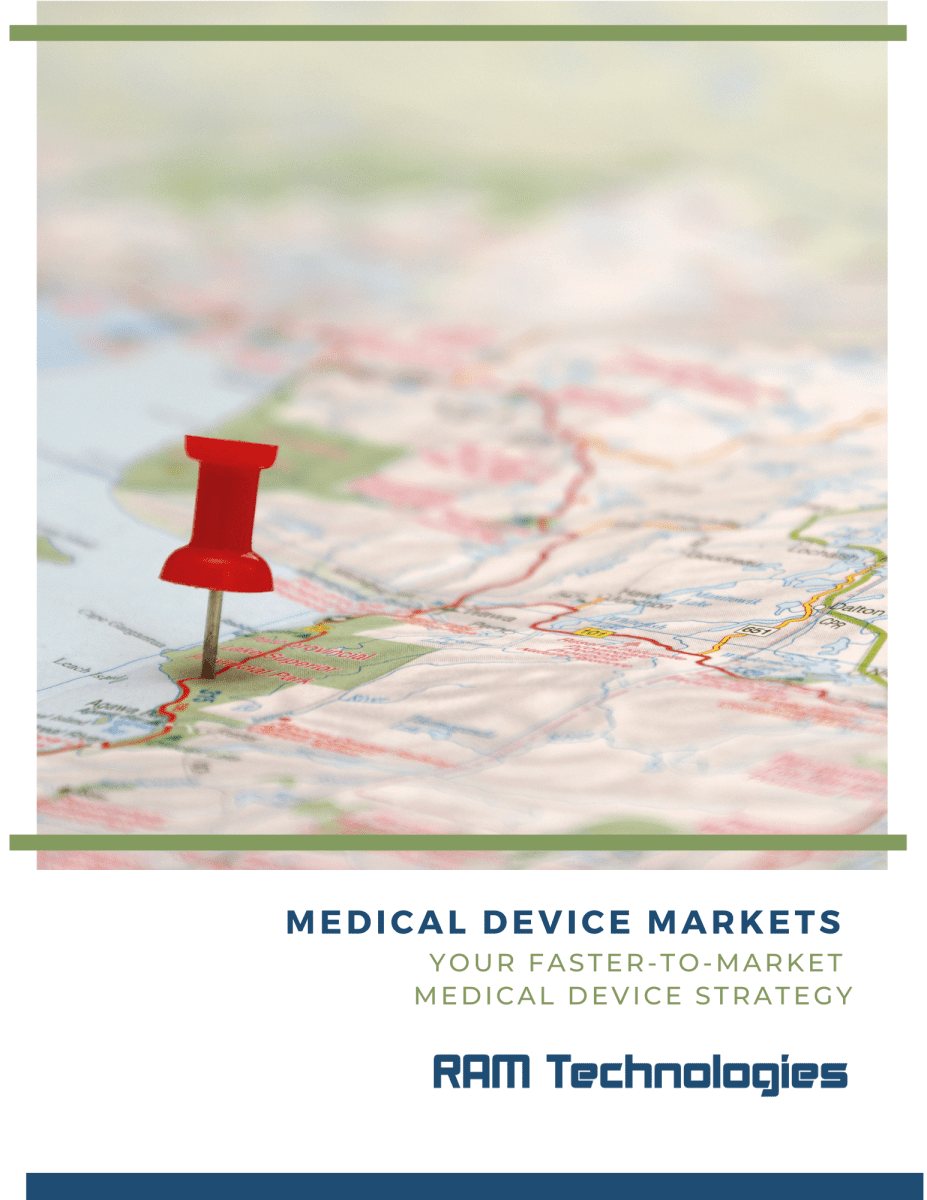Medical device manufacturers can have a long road ahead of them when it comes to product adoption. In fact, it takes an average of 10-15 years for medical technology to be broadly adopted. We’ll talk about what manufacturers should consider when thinking about how to market a medical device and where they might find success with market adoption.
What is required for a successful medical device product adoption?
When developing a product, it is important for manufacturers to go through clinical trials, proving that what they are bringing to the market is beneficial to the base they are planning to serve. However, having clinical evidence of a medical device’s utility isn’t going to automatically “sell” it.
Medical device adoption drivers also depend on key stakeholders, product differentiators, familiarity, proper segmentation, compliance, and support for early adopters.
Which stakeholders will be important in the adoption process?
The people who will drive the adoption of your medical device are Key Opinion Leaders (KOLs). These medical professionals often engage in cutting-edge procedures and test medical technology before the wider community climbs aboard.
If a medical device manufacturer is able to connect with a KOL and get their endorsement, this can lead to adoption at an accelerated rate. This is especially important if what you are building is fairly or significantly different from what’s already on the market. This relationship could even start in the development process, where the KOL offers their insights before a device goes to market.
How can you develop a product that’s differentiated yet familiar?
Medical professionals are creatures of habit. They won’t change what they’re using if it’s working as intended and nothing has gone wrong. It would take an improvement or a noticeable difference to make most people switch to a new product.
Your job as a manufacturer is to clearly express how your medical device is different from those already available in ways that can improve processes, costs, outcomes, and so on. Maybe you’ve solved something that is a source of frustration on other devices, or you have made a procedure more streamlined. Being able to articulate how your device fulfills a need that a medical professional may or may not already be aware of will help get your foot in the door.
Even if the product is markedly different from anything currently available, your job is to make it familiar. When pitching the device, compare the features to what people already know. The more you can form parallels, the more people will connect with what you are offering.
What will your launch plan look like?
Launching a product without a plan is like taking off in a plane that was built without a blueprint. Maybe everything will land just fine, but then again…
A launch plan should address:
- How do you plan to market the medical device
- The training people will need to both sell and use the device
- Necessary product documentation that covers instructions for use and safety considerations
- Regulatory requirements that need to be met before the launch
- Cost estimates for each piece of the launch plan
A successful product launch needs to be concerned with multiple things at once: Manufacturers need to be seeking regulatory approval in their chosen market. Internal team members need to be trained on how they are to promote and sell the product. A marketing plan also needs to be created that covers who is being sold to in the first place, why they have been chosen, messaging tactics and strategy, the marketing budget, and how the business will determine if efforts have been successful.
How can early adopters be supported?
For KOLs or other early adopters, medical device manufacturers should be prepared by having technical documentation and support lined up. Once people outside the company start to use the product, they may have feedback or questions that weren’t covered during the initial development process. These early users should be able to reach out, receive updates, and get the support they need to use the device successfully.
Is it better to aim for broad or narrow adoption?
As we mentioned at the beginning, it takes about a decade for a product to reach broad adoption, if it ever gets there at all. Even if being used broadly is the end goal, it doesn’t need to be the objective at the start.
Taking a narrow approach and segmenting properly can help medical device manufacturers start to carve a path that widens over time. Segments can be chosen by disease, technology, patient type, or economic considerations. Identifying the perfect patient for the product can help you better communicate the improvements these patients or medical professionals can enjoy. Improvements could include better quality of life, improved outcomes, increased efficiencies, cost savings, or time savings.
While medical device market adoption involves a lot of moving parts, compliance can’t get lost in the fray. If you’re looking for a fully compliant power supply or one that meets other necessary standards for your device, choose a RAM Technologies PSU and get back to planning your perfect launch. Contact us with questions or to place a custom order.
________________________
RAM Technologies’ power supplies are 60601-1 3.2 certified and meet 60601-1-2 EMC standards. When you’re designing your medical device and need help with a PSU, contact us for details.

Download the Markets Guide
This guide covers the basics on medical device markets, including emerging trends, current regulations, and market adoption strategies. Sign up and download it for free now!
